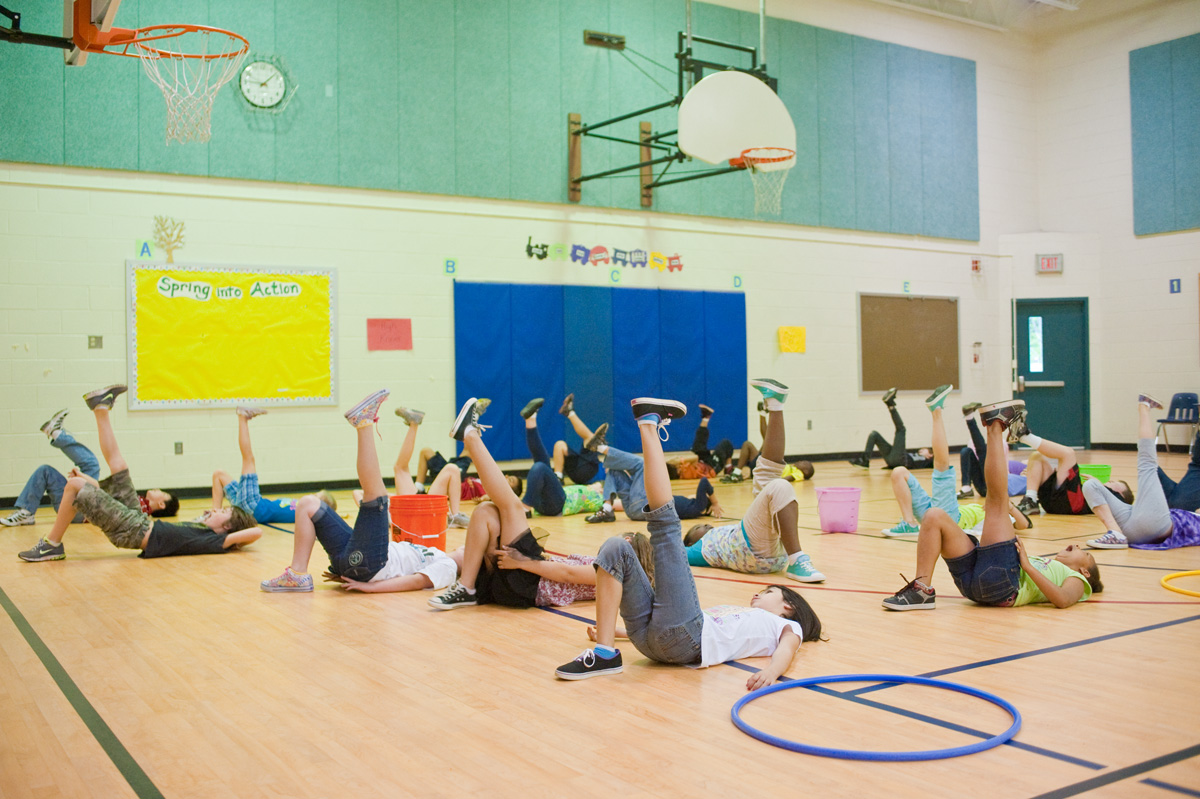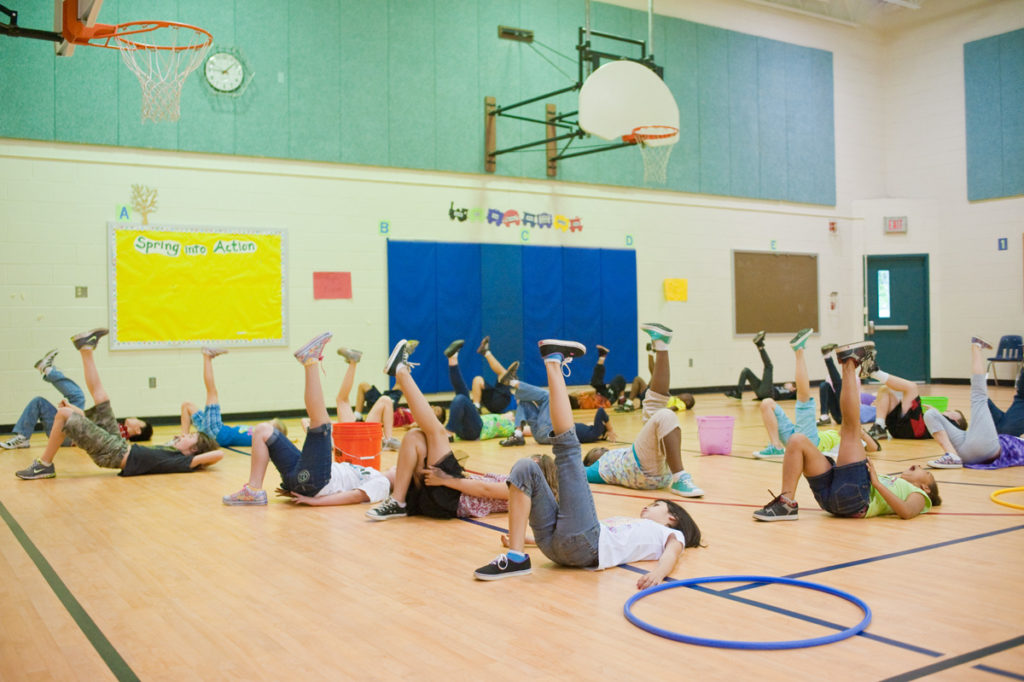The First 12 Weeks of PE

 Starting on the first day of school, students wait excitedly at the door for PE to begin. And as soon as they see me, they always pepper me with questions:
Starting on the first day of school, students wait excitedly at the door for PE to begin. And as soon as they see me, they always pepper me with questions:
“What are we doing today?”
“Can we play Excuse Me, Tag?”
“Can we go full speed now?”
“When are we going to be able to use the stilts?”
They want to move, move, move!
I want them to move, too. But I know that during the first twelve weeks of PE, at the same time that I’m having them run, jump, and use equipment, I have to deliberately teach them how—how to move safely, how to play by the rules, how to be respectful and inclusive of all.
Just like classroom teachers, we special area teachers need the early weeks of school to build community and establish routines in order for students to be successful with an active, rich curriculum all year long. Even at this point in the school year, we can’t just put equipment out and turn the children loose! Also, like many classroom teachers, many special area teachers use the Responsive Classroom book The First Six Weeks of School to help guide us in establishing the foundation for great teaching and learning throughout the school year.
The big difference is that what many classroom teachers can do in six weeks takes special area teachers like myself about twelve weeks or so to accomplish. That’s because, as a PE teacher, I get to meet with each class only twice a week and for only thirty-five minutes at a time. As a result, it takes me about twice as long to teach, model, and practice essential routines and the use of equipment.
So for PE, I plan for this foundation-setting work to last twelve weeks. Here’s a very condensed version of my plan for this year:
- Weeks 1 & 2: Students go outside, allowing me to “teach recess.” While at some schools, classroom teachers teach their own classes the rules, routines, and games of recess, at my school I do this teaching, sometimes in collaboration with the lunch and recess staff. Students learn the signal for quiet attention, how to circle up, and how to use the playground equipment safely. While they practice by playing on the equipment, I observe and acknowledge their efforts with reinforcing language: “Wow! You’re remembering to freeze and look at me quickly when I blow the whistle one time.”
- Weeks 3 & 4: We move to the gym. Students learn how to read the welcome message I project onto the wall, speak using the microphone, find a partner, name learning goals for the year, and pair-share at the closing circle (a brief gathering to end PE on a positive, calm note).
- Weeks 5 & 6: We manage space and equipment as we begin to live the rules. Students practice moving while keeping a safe distance from others and using and storing equipment appropriately.
- Weeks 7–12: We develop autonomy and ownership. Students are introduced to the “instant activity,” where they walk into the gym and begin moving right away. They make meaningful choices about their learning (choice of activity, equipment, or intensity level) and take on class jobs such as equipment managers.
As a PE teacher, I have to carefully balance student expectations for “free movement” with the need to solidify routines that will keep them physically, socially, and emotionally safe. Doing so thoughtfully over the first twelve weeks of school allows me to set students up for success for the rest of the year.
Tags: First Day of School, Special Areas